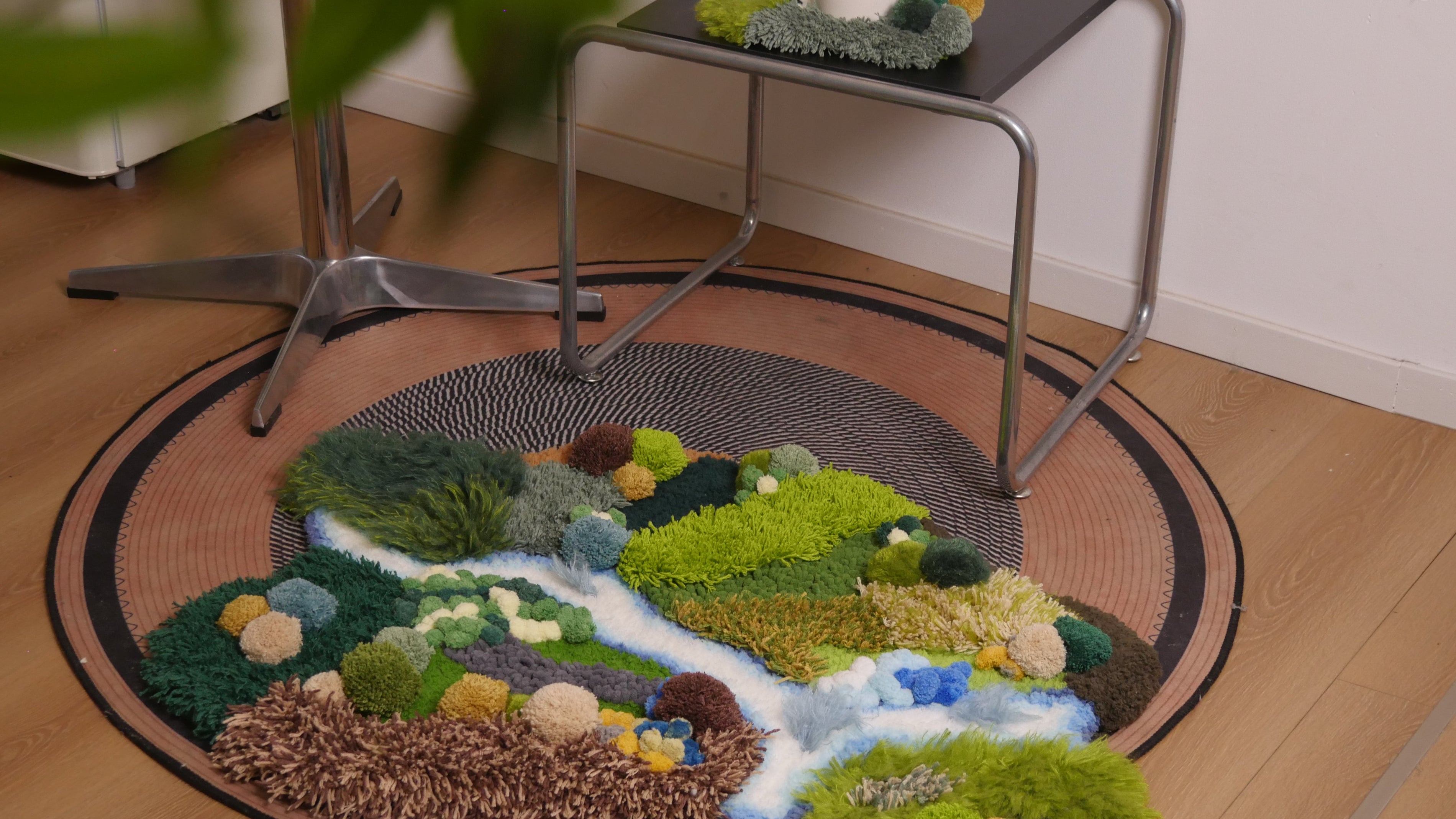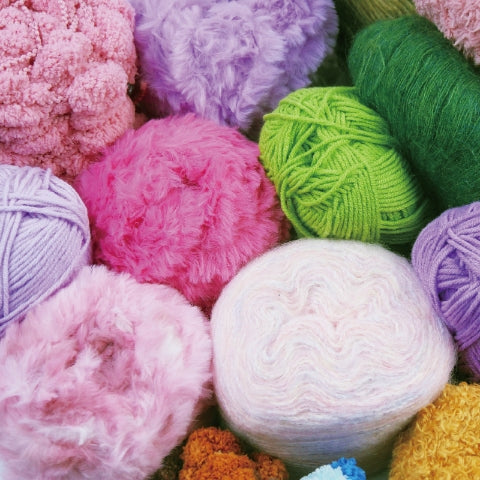Introduction: The Value of Handmade Crafts
Handmade crafts are more than just objects; they are expressions of creativity, patience, and tradition. In an era dominated by mass production, the value of handcrafted goods has only increased, offering uniqueness, sustainability, and a personal touch that manufactured items cannot replicate.
At ChillFuzz, we celebrate the handmade process by providing high-quality crafting materials that inspire artisans, hobbyists, and DIY enthusiasts. This article explores the handmade crafts process, highlighting its significance and offering insights into the techniques that make handmade items truly special.

The Handmade Crafts Process: From Concept to Creation
1. Inspiration and Design
Every handmade craft begins with an idea. Whether drawn from nature, historical techniques, or personal imagination, inspiration plays a crucial role in shaping the final product. Many artisans start by sketching their ideas, selecting materials, and planning the crafting process.
- Finding Inspiration: Artists often draw ideas from Pinterest, Instagram, and handmade marketplaces like Etsy, where trends in handmade goods emerge.
- Sketching and Planning: Many crafters create rough sketches or digital mockups before starting their projects.
- Material Selection: Choosing the right materials, such as different types of yarn for weaving or natural moss for ChillFuzz’s unique coasters, is essential for achieving the desired texture and aesthetic.
2. Gathering Materials: The Importance of Quality
Handmade products rely heavily on material quality. Unlike mass-produced goods that often use synthetic and low-cost alternatives, handcrafted items prioritize sustainability and durability.
- Eco-Friendly Materials: Using sustainable resources such as recycled yarn, organic cotton, and natural dyes enhances both the quality and ethical value of the craft.
- Artisan-Grade Supplies: High-quality materials elevate the crafting experience and final product. Check out specialized suppliers like Michaels for premium crafting materials.
- Handpicked Elements: Every piece of material, from beads to embroidery threads, is carefully selected to match the creator’s vision.
3. Crafting Techniques: The Heart of Handmade
Different crafts require specialized techniques that have been honed over centuries. Here are a few fundamental methods:
- Weaving and Knitting: Essential for textile arts, weaving techniques vary from simple loom work to complex tapestry weaving. Check out The Weaving Loom for guides on various weaving techniques.
- Felting: A process where wool fibers are bonded together using heat, moisture, and agitation, commonly used in handmade accessories and home decor.
- Hand Carving: Used in wood and stone crafts, carving requires skill and precision to transform raw materials into intricate designs.
- Painting and Dyeing: Whether it's fabric dyeing or ceramic glazing, these techniques add character and uniqueness to handmade pieces.
- Mosaic and Embroidery: Detailed, labor-intensive methods that create stunning textures and patterns.

4. The Role of Time and Patience
Unlike machine-made products, handmade crafts require hours or even days to complete. This patience results in a product that holds not just material value but also emotional and artistic significance.
- Precision and Attention to Detail: Artisans spend time perfecting stitches, ensuring uniform dye penetration, and adjusting designs until they meet high standards.
- Customization and Personalization: Many handmade crafts allow for personal customization, making each piece one-of-a-kind.
5. Finishing Touches: Bringing the Craft to Life
Once the primary crafting process is complete, finishing touches enhance the final look and durability.
- Sealing and Coating: For crafts like woodworking and painting, applying protective coatings ensures longevity.
- Polishing and Smoothing: Refining surfaces through sanding or buffing brings out the beauty of the materials.
- Packaging and Presentation: Handmade goods often feature artistic packaging, reinforcing their artisanal nature.
Why Handmade Crafts Matter in a Digital Age
Despite technological advancements, the demand for handmade crafts continues to grow. Here's why:
- Uniqueness and Authenticity: No two handmade items are exactly alike, making them more meaningful than factory-made products.
- Sustainability: Many artisans focus on eco-friendly practices, reducing waste and promoting responsible consumption.
- Emotional Connection: Handmade crafts tell a story, carrying the artisan’s personal touch and cultural heritage.
ChillFuzz: Supporting the Handmade Community
At ChillFuzz, we believe in empowering crafters by providing high-quality DIY kits and materials. Our moss coaster material kits allow creators to experience the joy of crafting while learning new techniques. Whether you're a beginner or an experienced artisan, our kits are designed to inspire creativity and promote sustainability.
Explore Our Crafting Materials
Visit ChillFuzz to discover our latest handmade craft kits and supplies. Join our community of artisans and share your creative journey with us!

Conclusion: Embrace the Handmade Revolution
The handmade crafts process is a testament to human creativity and dedication. Whether you're weaving, painting, carving, or felting, each piece reflects passion and individuality. As we move towards a more sustainable and mindful future, supporting handmade crafts is not just a choice—it’s a movement.
Start your handmade journey today with ChillFuzz and experience the magic of creating something truly unique!



